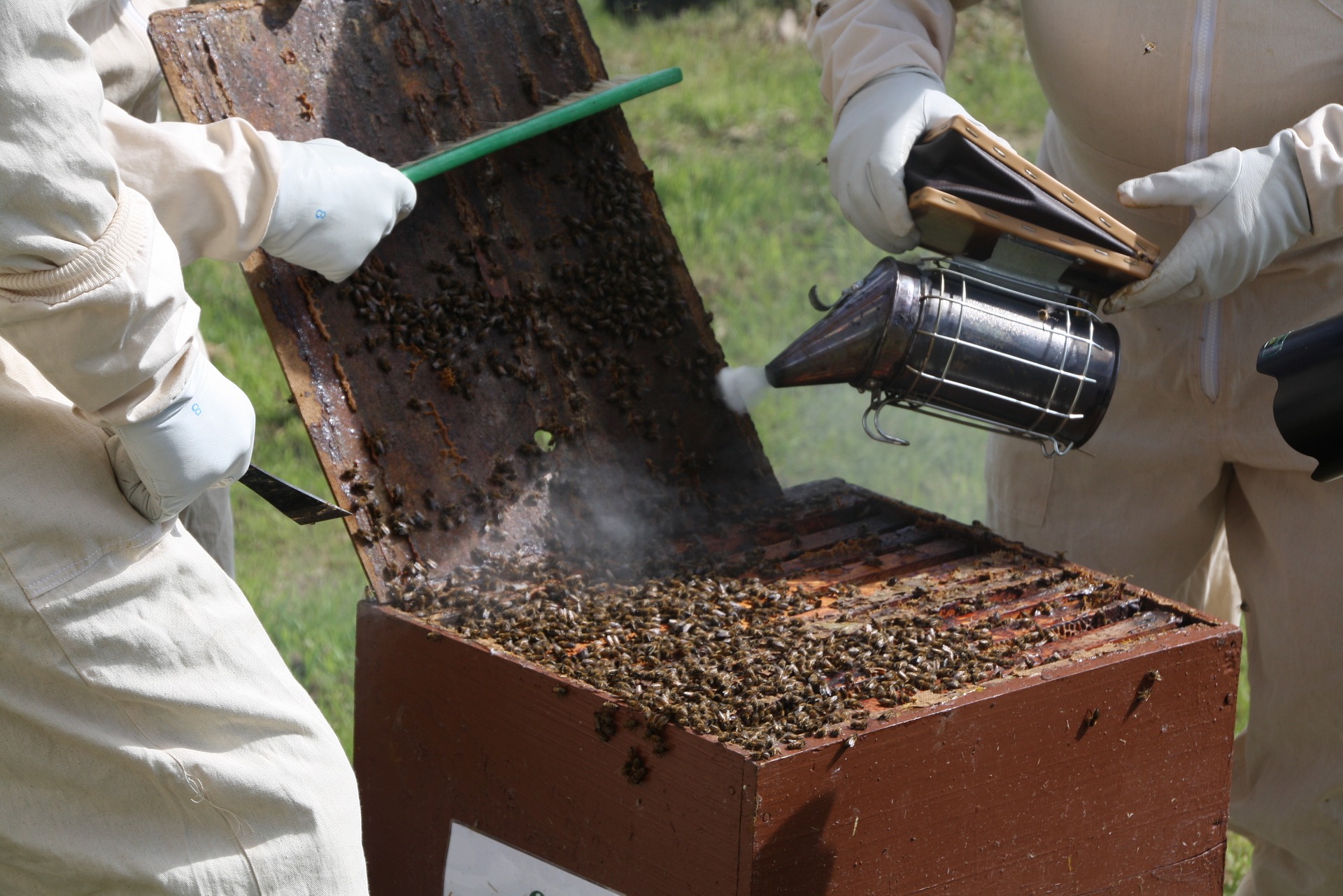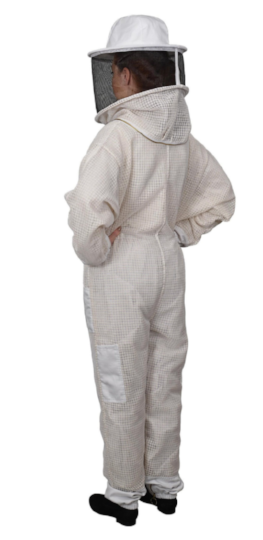How to set up your first beehive
Proper tools and protective ware are an important part of keeping bees.
After deciding to become a beekeeper I began reading everything I could about bees. I find them fascinating. For starters, all worker bees are female. Male bees are called drones whose only job is to mate with a queen after which their genitalia fall off. (Men always squirm a little when I tell them this.) Other than mating and foraging for food, most of the colony's complex activities such as raising young, storing food, or even making a new queen, all take place inside the hive.
All that reading also helped me decide which beehive I wanted to use. The most common type is called the Langstroth, which dates back to the 1850s and is named after its inventor, L.L. Langstroth, a clergyman and teacher considered to be the father of American beekeeping. Each hive consists of individual, removable frames inside stackable boxes called supers.
Because they’re so popular, Langstroths are the easiest type of hive to buy equipment for, another point in its favor because buying a beehive is only the first step in setting one up.
After you've bought your hive
You need frames. I needed ten frames to go inside each of my stackable boxes, or supers. After diligently gluing and hammering dozens and dozens of frames, I decided my time was more valuable than saving a few dollars. So now I buy pre-assembled, wax-coated frames, which the bees seem to prefer over plastic anyway.
Find your hive an inner and outer cover. I have the good fortune of being married to a talented metalworker, which is why I have very fancy copper tops on my hives. But a simple, store-bought wooden top, available at any beekeeping supplier, is quite sufficient. A top just needs to protect the bees from rainfall since moisture inside the hive can be deadly to bees, chilling them as well as their unborn brood.
Screened bottom boards allow for good air circulation and pest control.
Don't be afraid of a screened bottom board. I was amazed to learn that a screened bottom board, which exposes the inside of the hive to frosty outdoor temperatures all winter long, is recommended. But it’s an important component of integrated pest management, in this case, control of deadly varroa mites. It turns out a healthy bee population can maintain a temperature of 92 degrees inside the hive as they cluster around the queen, even in sub-zero conditions.
Lift your hive off the ground. I had to find or build something to set my hives high enough to discourage predators. Because I didn't want to embark on an elaborate construction project, I decided to simply use cheap, sturdy cinder blocks. I stacked them just high enough that an invading skunk or raccoon would have to get up on its hind legs, thus exposing its belly to painful stings by alarmed bees. An elevated entrance also can't be by tall grasses or weeds in the summer months.
Mann Lake Ltd. has developed a reliable stainless steel smoker, complete with sturdy bellows.
Buy a smoker and non-toxic fuel. Before conducting any hive inspection, a beekeeper needs a good smoker and fuel. Smoking the bees by directing a few gentle puffs into the front entrance before opening the hive calms the bees, making them easier to work with. If you don't have lots of pine needles or other non-toxic fuel handy, buy fuel that's non-toxic and easy to light. I generally buy cotton smoker fuel since I fear using newsprint or any type of processed wood might contain chemicals that could harm my bees.
Choose a hive tool and a bee brush. The hive tool is an indispensable instrument for loosening and prying up frames during a hive inspection. Frames are often hard to remove because they're glued in place with propolis, the glue-like substance bees produce. Once you’re able to extract a frame, you sometimes need a way to move bees around or off the frame - maybe you want to look at brood, or withdraw a frame to extract honey. A bee brush is the safest way to move the bees off the frame without angering or hurting them.
Invest in a full-body beekeeping suit and veil. The Internet is full of videos showing beekeepers without protective clothing. But as someone who is quite sensitive to stings, I say, no way. I bought a full-body bee suit, veil and gloves, the works. The gloves are cumbersome, but important. One day, after doing a hive inspection when my bees were a bit cranky, I took my gloves off in the kitchen afterward and, with tweezers, extracted more than 25 stingers from the leather. Imagine my fingers without those gloves.
Bee suppliers. Here are four reputable bee suppliers I've used but there are plenty of other good ones out there.
Alison Evans, a former instructor at the University of Oregon, recently completed her Master Beekeeper's Apprenticeship with the Oregon State University Extension.









